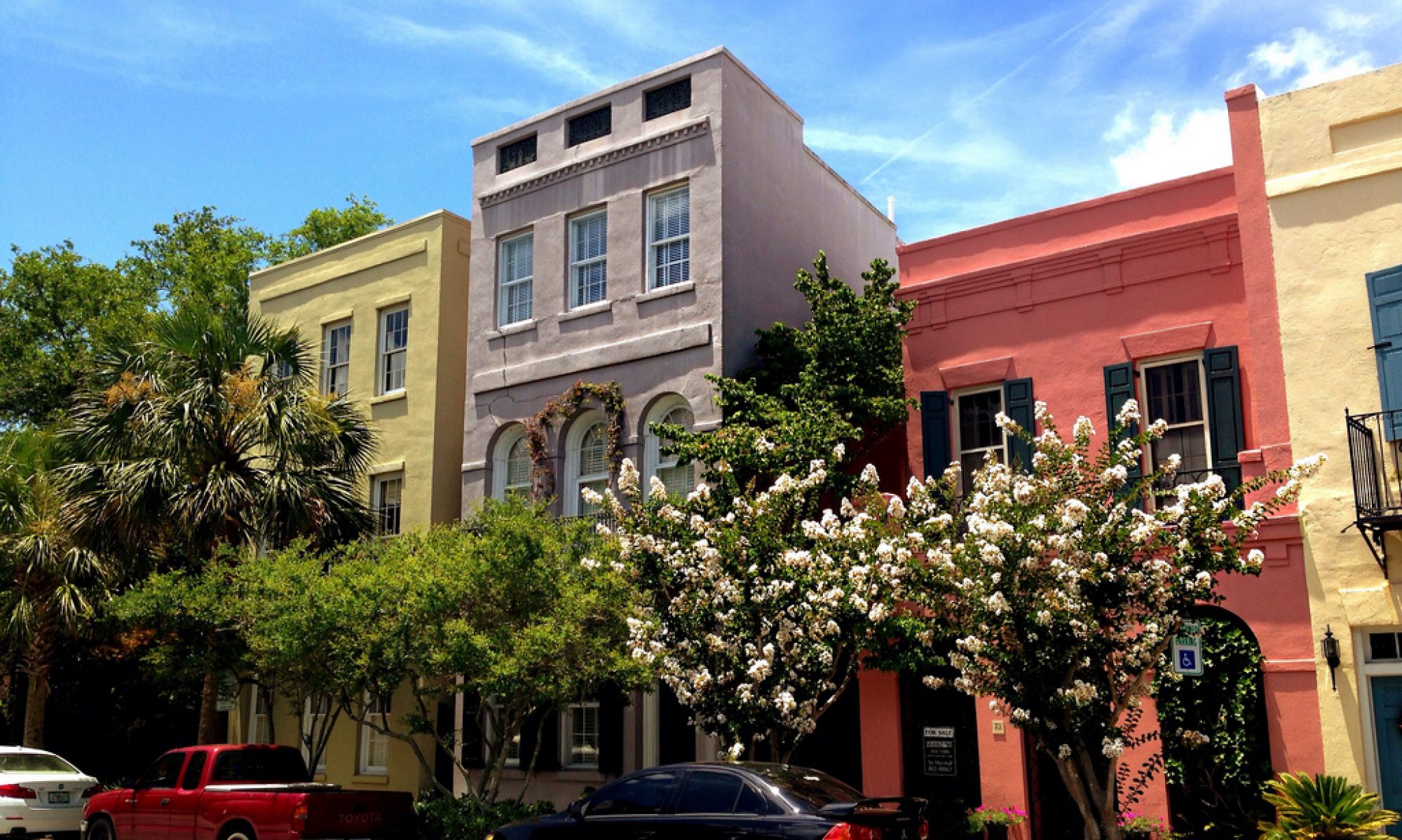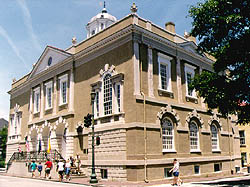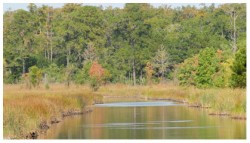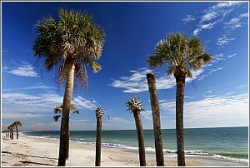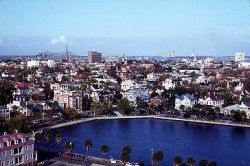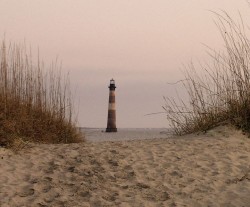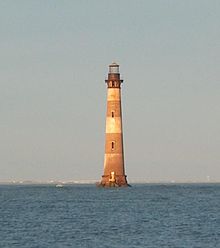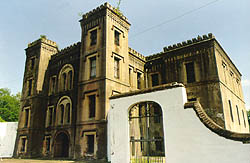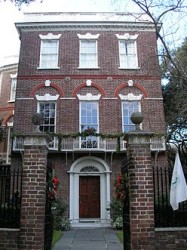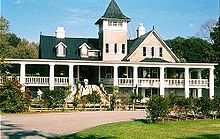Great video from ‘Sights of Charleston’ & ‘Block One Studios’
Charleston Place Hotel – Charleston, S.C.
Source – Charleston Place Hotel Facebook
205 Meeting St, Charleston, SC 29401843-722-4900
‘One of the grandest properties in the Orient-Express Hotels collection, Charleston Place is consistently ranked among the best hotels by the readers of Conde Nast Traveler and Travel and Leisure magazines.
Charleston Place evokes the feeling of a grand, 17th century residence, from lush personal suites to the Italian marble lobby with signature Georgian Open Arm staircase and 12-foot crystal chandelier.
The staff of Charleston Place is dedicated to indulging its guests with the finest in Southern hospitality, and has become the choice of celebrities, princes and politicians.
Charleston Place is centrally located, surrounded by historic homes and buildings, and within strolling distance of the citys delightful shops, galleries and restaurants.’
The Exchange and Provost – a Landmark
A National Historic Landmark
Picture Source – National Park Service
122 East Bay Street, Charleston, SC 29401 843-722-2165 oldexchange.org/‘The Exchange and Provost, a National Historic Landmark, was a pivotal building in colonial Charleston, where many significant events of the American Revolution and early Federal period occurred.
As Charleston became the South’s largest port, the Exchange and Custom House was built from 1767 to 1771 for the expanding shipping industry, but also served as a public market and meeting place.
After a protest meeting against the Tea Act, confiscated tea was stored here in 1774.
The Provincial Congress of South Carolina met here the following year.
During the Revolutionary War, the British used the building for barracks and the basement as a military prison.
The State Legislature met here in 1788, after the Statehousewas destroyed.
When George Washington visited Charleston on his southern tour of 1791, a grand ball was held for him on the second floor.’
Source – National Park Service
To learn more about the architectural style of the builiding, how it originally fronted the harbor, its original purpose, damage to the building due to the Civil War and the 1886 earthquake AND the builiding’s relationship to the DAR see the National Park Service Website OR Wikipedia.
Caw Caw Nature & History Interpretive Center
Photo and text source – http://bit.ly/33Llua
5200 Savannah Highway, Ravenel, SC 29470 Contact(843) 889-8898 or
(843) 795-4386
Hours
Wed-Sun: 9:00am-5:00pm
Mon and Tue: Closed
Admission
$1 or 1 Greenbax per person
Free: 2 years and under
Free: Gold Pass members
‘Journey from the past to the present and heritage to habitat at the Ravenel Caw Caw Interpretive Center. Rich in natural, cultural and historical resources, Caw Caw was once part of several rice plantations and home to enslaved Africans who applied their technology and skills in agriculture to carve the series of rice fields out of cypress swamps.
To help preserve and protect our natural resources and interpretive trails, dogs and bicycles are not permitted.’
Features
– Over 6 miles of trails with trailside exhibits
– Elevated boardwalks through wetlands (1,435 ft.)
– Environmental and social studies education programs from pre-school through college level
– Interpretive exhibits, displays, and programs
– Former 18th and 19th century rice fields and on one of the most important sites of the Stono Rebellion
– Thousands of naturalized tea plants from a 20th century tea farm
– Areas managed for wildlife including waterfowl, songbirds, otters, deer, and more
– Favored habitats for rare wildlife: American Alligators, Swallow-tailed Kites, Bald Eagles, and others
Group Rates
Environmental Educator or Interpreter-led educational group rates are available with reservations Monday through Sunday or self-led educational group rates available with reservations Wednesday through Sunday. For more information, call (843) 889-8898.
Edisto Beach State Park – Charleston County S.C.
Picture Source – SouthCarolinaParks.com
8377 State Cabin Road, Edisto Island, SC 29438The southern end of Edisto Island is in Colleton County while Edisto Beach is in Charleston County.
‘An oceanfront campground on a palmetto-lined beach famed for its shelling is just one highlight of Edisto Beach State Park.
Only an hour from Charleston, the park also offers another campground deep in the maritime forest full of live oaks and some of the states tallest palmetto trees, as well as a row of comfortable cabins nestled in the woods but with a front-row view of miles of pristine marshland.
Edisto Beach State Park also offers the states longest system of handicapped-friendly hiking and biking trails, including one leading to a mysterious, 4,000-year-old shell midden alongside a secluded bend on a tidal creek.
The park also has an environmental education center, a green building full of exhibits that highlight the natural history of Edisto Island and the surrounding ACE Basin, one of the nations largest preserved estuaries.’
Source – SouthCarolinaParks.com
Colonial Lake – Downtown Charleston, S.C.
Playground, walking paths, picnic tables, athletic fields, tennis courts.
Dogs are allowed.
Intersection of Ashley Avenue and Broad Street Charleston, S.C. Picture and text below source – http://bit.ly/tkQSvT‘ The lake and its park were part of the Commons established by an Act of the Commons House of Assembly in 1768, setting aside the area forever for public use. The tradition that the lake was developed as a small boat harbor for planters apparently has no foundation in fact.
Most likely, it served as mill pond for a succession of sawmills which operated in the vicinity.
For many years the lake was known as the Rutledge Street Pond.
It acquired the name, Colonial Lake, in 1881, in honor of the “Colonial Commons” established in 1768. Some residents still call it “The Pond.”
The park around the lake was developed in 1882-87.
Fountains were placed in the lake in 1973, not for decorative purposes, but to aerate the water and prevent fish kills on hot summer days.
Gala Week used to be held in the fall of the year, with a fireworks display on the west side of the Pond, which was then an undeveloped area.
Spectators filled to park and crowded onto boats in the lake.’
Morris Island and Morris Island Light
Picture and Text Source – http://en.wikipedia.org/wiki/Morris_Island
“Morris Island is an 840 acre (3.4 km²) uninhabited island in Charleston Harbor in South Carolina, accessible only by boat. The island lies in the outer reaches of the harbor and was thus a strategic location in the American Civil War.
Morris Island was heavily fortified to defend Charleston harbor…It was the scene of heavy fighting during the Union Army‘s campaign to captureCharleston, and is perhaps best known today as the scene of the ill-fated assault by the 54th Massachusetts Volunteer Infantry, an African-American regiment. The regiment and this assault, where it suffered over 50% casualties, was immortalized in the film Glory.”
After the Confederates abandoned Morris Island in 1863, the Union occupied it and transferred 520 Confederate officers from Fort Delaware to Morris Island… They were used as Human Shields…” Be sure to read on! http://en.wikipedia.org/wiki/Morris_Island and the article on the Morris Island Light
Picture Source – http://en.wikipedia.org/wiki/Morris_Island_Light
Old Jail – Charleston, S.C.
Picture and Text below source – http://1.usa.gov/r0A2rr
21 Magazine Street Charleston, SC 29401 843-577-5245‘Now occupied by the American College of the Building Arts.’
‘Tours are available by appointment.’
‘The Old Jail building served as the Charleston County Jail from its construction in 1802 until 1939. In 1680, as the city of Charleston was being laid out, a four-acre square of land was set aside at this location for public use. In time a hospital, poor house, workhouse for runaway slaves, and this jail were built on the square…Increased restrictions were placed on slaves and free blacks in Charleston as a result of the Vesey plot (explained on the Website), and law required that all black seaman be kept here while they were in port. During the Civil War, Confederate and Federal prisoners of war were incarcerated here. It is one of more than 1400 historically significant buildings within the Charleston Old and Historic District.’
Nathaniel Russell House – Charleston, S.C.
A National Historic Landmark
Picture Source – Wikipedia
51 Meeting Street Charleston, SC 29401 843-724-8481 bit.ly/8I2d1U‘Since 1808, visitors have admired the grand Federal townhouse of Charleston merchant Nathaniel Russell.
Set amid spacious formal gardens, the Nathaniel Russell House is a National Historic Landmark and is widely recognized as one of America’s most important neoclassical dwellings.
The graceful interior with elaborate plasterwork ornamentation, geometrically shaped rooms and a magnificent free-flying staircase are among the most exuberant ever created in early America.
Located in Downtown Charleston near High Battery, the house is furnished with period antiques and works of art that evoke the gracious lifestyle of the city’s merchant elite.
Today the Nathaniel Russell House interprets the lives of the Russell family, as well as the African American slaves and artisans who were responsible for maintaining one of the South’s grandest antebellum townhouses.’
Source – HistoricCharleston.org Nathaniel Russell House Website.
Magnolia Plantation and Gardens – Charleston, S.C.
Listed on theNational Register of Historic Places.
3550 Ashley River Road, Charleston, SC – 29414 800-367-3517‘Magnolia Plantation and Gardens (70 acres, 28 hectares) is a historic house with gardens located on the Ashley River at 3550 Ashley River Road, Charleston County, South Carolina, United States.
It is one of the oldest plantations in the south, and listed on theNational Register of Historic Places.
‘A variety of tours are offered including the slave quarters and the family home. Tram tours are led by naturalists and visitors often see alligators, turtles, snakes, peacocks and waterfowl. The gardens are one of the oldest INFORMAL gardens in the U.S. with cooperation with nature rather than control of nature’.Adapted from article about Charleston by Judith Evans.
The house and gardens are open daily; an admission fee is charged.
Magnolia Plantation is located near Charleston and directly across the Ashley River from North Charleston.
The plantation dates to 1676 when Thomas and Ann Drayton built a house and small formal garden on the site.
(The plantation remains under the control of the Drayton family after 15 generations.).’
Source – Wikipedia
There is a lovely blog post related to Magnolia Plantation, magnolias and camellias entitled, Magnificent Magnolia Plantation: By Gene Phillips.
